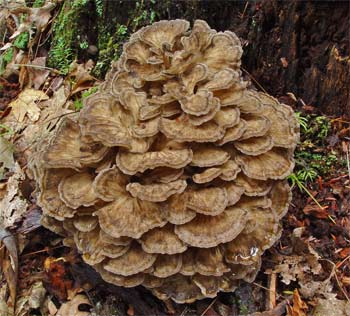Okay, I am WAY behind on this blog, so here’s a crazy long catch-up post:
I moved from South Florida to North Florida on January 14th. I brought the seedlings that I had started in the beginning of January (onions, cabbages, and tomatoes), my jalapeno pepper plants, black night pepper plants, mint, orchids, and chives. They all seem to be happier the new, somewhat cooler climate.

On January 18th I managed to break the well. Not the actual hole in the ground, but the PVC pipe that carries water from the well to the house. Panic doesn’t begin to describe how I handled that situation. Luckily for me and my boyfriend, I was able to call a friend who walked me through purchasing this magic blue stuff, and applying it to the pipe and coupling. As of this posting, the seal is still holding, and Max says that now that he knows I have plumbing skills, he’s got a long list of chores waiting for me.
Here’s a pic of my masterful handiwork.
So Max and I have already had some winter veggies started in our garden.
 |
| Bok Choy, Leeks, & Radicchio |
We planted this Baby Bok Choy from seed in early November and have been eating from it since late November. What a great winter veggie! We love the
Ching Chang Bok Choy. It grows fast, is hardy, and very tasty.
 |
| Bolting Bok Choy |
Unfortunately, our unseasonably warm weather has caused the Bok Choy to bolt and the Radicchio to slow its growth into peppery red lettuce heads. But I’m not complaining, because it still tastes great.
 |
| Radicchio |
We got so much out of our Bok Choy seeds that we decided to try to squeeze in a second batch of winter veggies. I planted more Bok Choy, Red Cylindra Beets, Kohlrabi, Pink Beauty Radishes, Daikon Radishes, Japanese Mustard, and European Mesclun Mix salad greens.
I planted this on the 21
st of January, and as you can see, we have some good looking sprouts happening now.
 |
| Bok Choy Sprouts |
 |
| Pink Beauty Radishes |
 |
| Japanese Mustard Greens |
 |
| European Mesclun Mixed Greens |
On February 2
nd my best friend, Kaurie, and I decided that the warm weather wasn’t going to abate, and we’d better just go with it and start our spring seeds. We used our paper pot maker tools
and made a TON of little paper seed pots. We learned that after filling the pot with soil, you should use the tool to compress the soil in the pot. This will help the stability of the pot, and give the seedling something to grow against.
 |
| Kaurie's Seed Pots |
 |
| My Seed Pots |
Here’s a list of what seeds I planted:
§ Dwarf Peach Melba Nasturtium (x1 pot) *These did really well last year. This year we are planting more nasturtiums for both salad and butterfly garden use.
§ Black Cherry Tomatoes (x3) *These did well for us last year, so we are replanting them from our saved seed this year. They were our favorie tomatoes from last year!
§ Regular Ground Cherries (x2) * I didn’t have luck with these last year, but my mom (in Orlando) did. They were so yummy I have to try to grow them again. They grow wild in Florida, so I feel pretty confident we can get them to grow.
§ Purple Beauty Peppers (x3) *Had one plant of these last year and enjoyed them so much we replanted more of them this year from our saved seed.
§ Japanese Eggplant (x1) *We planted this last year and it got a late start but it never died out. We have a large plant now that is ready to flower soon. So since we already have one eggplant ready to produce, I only planted seed for two more.
§ Burgundy Okra (x4) *Planted this last year late in the season and it was wonderful! We bemoaned that we started it so late, because it was a real winner. Very tasty and beautiful to look at too.
We may have gone a bit overboard on all of this, but I just couldn’t restrain myself.
On both January 15th and February 5th Max and the boys went out and procured some composted horse manure from a local stable. We now have two piles like this ready to be spread out in our upcoming raised beds. Hopefully these piles of horse shit will make my dream of delicious and sweet melons a reality.
 |
| Mostly Composted Horse Manure |
And while I was at it, I impulse purchased these strawberries and cat nip plant at Ace Hardware on February 2
nd.
Can you ever have too many strawberry plants? I don’t think so.
And lastly, though this isn’t technically part of our garden, our Red Bud tree is blooming. Seems too early for that sort of business, but I’ll enjoy it any time it feels like blossoming.
 Made from Scratch: Discovering the Pleasures of a Handmade Life by Jenna Woginrich
Made from Scratch: Discovering the Pleasures of a Handmade Life by Jenna Woginrich


 Lion’s Mane (Hericium Erinaceus) – cook this mushroom to release a nerve tonic
Lion’s Mane (Hericium Erinaceus) – cook this mushroom to release a nerve tonic
















































